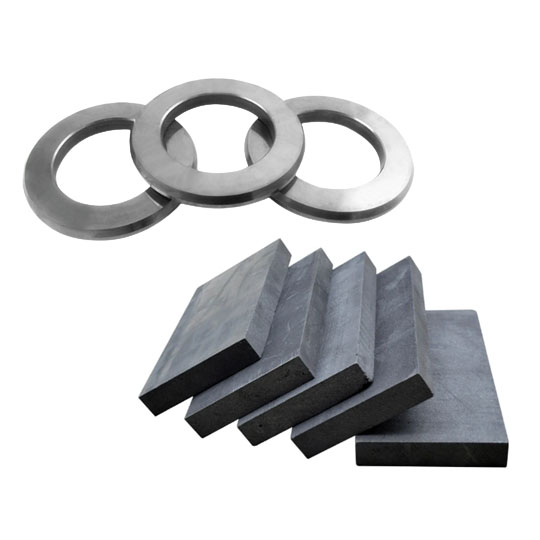の重要性 超硬プレート 複雑なアプリケーション
航空宇宙、自動車、石油・ガス、鉱業など、最も過酷で要求の厳しい環境という単純な事実から始めよう、 超硬プレート は文句なしのチャンピオンだ。耐久性に優れ、硬く、ほとんど破壊されない。
なぜそんなに重要なのか?それは、これらのプレート、特にその素材が 炭化タングステン超硬プレートは、激しい摩耗、圧力、温度に耐えることができます。高強度合金を切断する場合でも、衝撃の大きい場面で表面を保護する場合でも、超硬プレートは工具や部品の長寿命、作業性、性能の向上を保証します。
そして、それは単なるマーケティング上の宣伝文句ではない。グローバル・マーケット・インサイツ社のレポートによれば 炭化タングステン市場 だけでも、2030年までに$270億ドルを超えると予想されている。明らかに、私たちは実世界の用途において大きな違いをもたらす素材について話しているのだ。
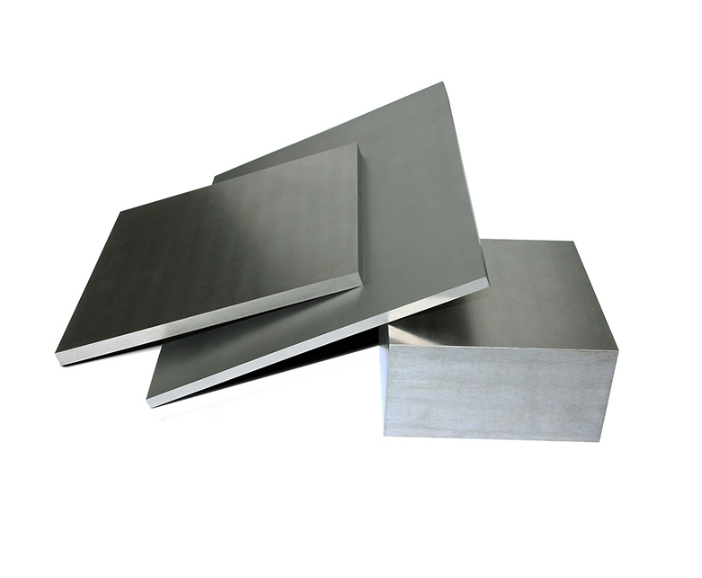
とは何か? 超硬プレート?
では、具体的にはどうすればいいのか。 は 超硬プレート?
一言で言えば、超硬プレートは、次のような方法で作られた複合材料である。 金属炭化物(典型的には炭化タングステン)を金属バインダーで結合する。通常はコバルトかニッケルである。出来上がった素材は、以下のユニークな組み合わせを提供する。 硬度(モース硬度9まで!)、耐摩耗性、靭性.
それを分解してみよう:
- 炭化タングステン:超硬質セラミックコンパウンド。
- コバルト/ニッケルバインダー:接着剤のようにすべてをつなぎとめ、強靭さを加える。
- 生産工程:通常、粉末冶金と焼結を伴う。
鋼鉄よりも硬く、ダイヤモンドに匹敵する強度を持ち、過酷な産業環境にも耐えうる素材である。この素材は 切削工具、摩耗部品、ダイ、パンチ、シールド.
超硬プレート接着の課題
ここからが厄介なところだ。超硬プレートは素晴らしいが 絆を深める を他の素材に置き換えるのは、公園を散歩するような気分ではない。
なぜか?彼らのためだ:
- 高い硬度:簡単に変形しないので、接着剤や金属を "グリップ "させるのは難しい。
- 熱膨張の不一致:鉄やアルミニウムとは膨張と収縮の速度が違う。
- 脆さ:その硬さにもかかわらず、適切に接着されないと、応力でクラックが入ることがある。
実際、多くのメーカーが以下のような問題を抱えている。 層間剥離、応力割れ、性能低下 接着方法が悪いからだ。
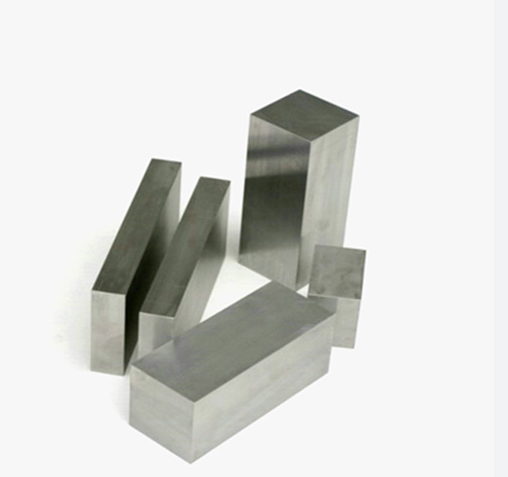

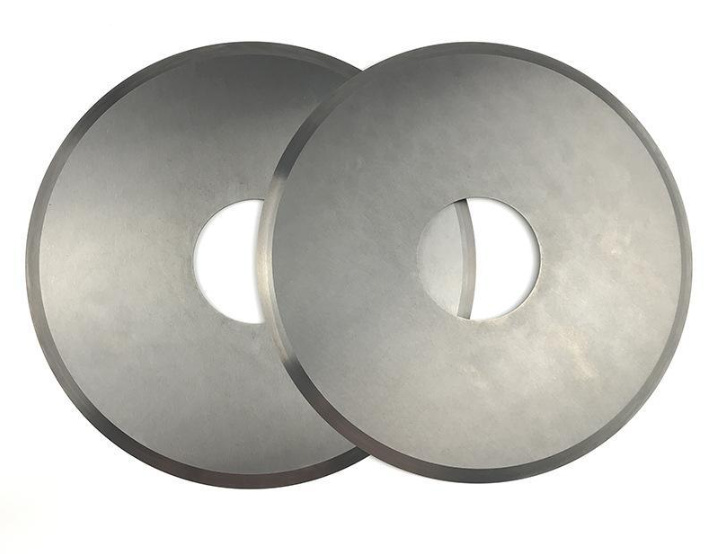
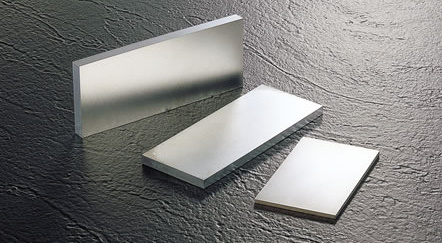
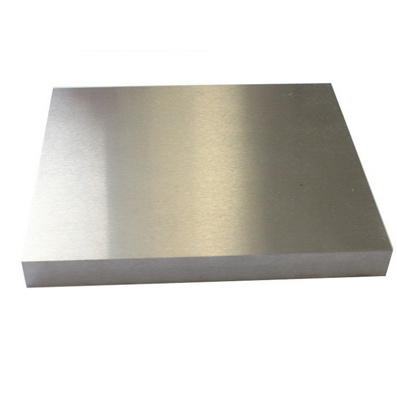
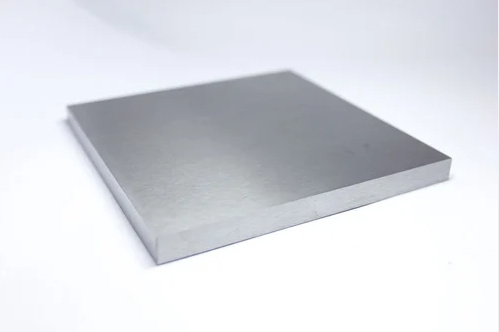
効果的なボンディング・テクニック 超硬プレート
以下は、超硬プレートの最も効果的な接合方法をまとめた包括的な表で、さまざまなパラメーターを比較し、すばやく洞察することができます。
超硬プレートの接合方法の概要
| 接着技術 | 接着強度 | 熱抵抗 | コスト | 一般的な使用 | メリット | デメリット |
|---|---|---|---|---|---|---|
| ろう付け | 高い | 中程度 | 中程度 | 切削工具 | 強力なジョイント | 高温を必要とする |
| 拡散ボンディング | 非常に高い | 高い | 高い | 航空宇宙 | フィラー不要 | 時間がかかる |
| 接着剤による接着 | ミディアム | 低~中程度 | 低い | プロトタイピング | シンプルなプロセス | より弱い債券 |
| メカニカル・ファスナー | 低~中 | 高い | 低い | 一時的な修正 | リバーシブル | 耐久性が低い |
| レーザー溶接 | 非常に高い | 非常に高い | 非常に高い | 精密工具 | 正確でクリーン | 高価なセットアップ |
| シンター・ボンディング | 高い | 高い | 中程度 | 工具インサート | 均質結合 | 特殊工具が必要 |
超硬プレートを使用した複雑なアプリケーションのベストプラクティス
さて、あなたは超硬プレートを手に入れた。丈夫で長持ちさせたい。どうすればうまくいくでしょうか?
以下はその一部である。 ベストプラクティス:
- 表面処理がすべて:接着前に表面をクリーニング、サンドブラスト、エッチングしてください。微細な汚染物質でも接着を台無しにする可能性があります。
- 適切なボンディングエージェントを選ぶ:高温環境では、ろう付けかレーザー溶接を。プロトタイピングの場合は、接着剤でも大丈夫です。
- 熱膨張に注意:用途 柔軟な接着剤または応力緩和層 ひび割れを防ぐためだ。
- 債券のデザイン:プレートを接着することがわかっている場合は、ハウジングまたは支持構造を以下のように設計する。 応力を均等に分散.
- テスト、テスト、そしてまたテスト:熱サイクル試験、振動試験、応力試験を生産前に実施する。
ボンディング用金属粉末モデル(トップ10、解説付き)
専門的な話をしよう。以下に10個の 特定金属粉末モデル の接着によく使われる。 超硬プレート特にろう付けと拡散接合において。
| 金属粉モデル | プライマリー・メタル | ユースケース | 融点 | 主な特徴 |
|---|---|---|---|---|
| BNi-2 | ニッケル | ろう付け | 960°C | 耐食性、良好な流動性 |
| BAg-7 | シルバー | ろう付け | 780°C | 低温接着、優れた延性 |
| クシル | 銅/銀 | ろう付け | 780°C | 高強度、熱伝導性 |
| アムドライ105 | ニッケル | 拡散 | >1000°C | 耐酸化性 |
| メトコ443 | コバルト | ろう付け | 1050°C | 靭性と熱安定性 |
| AMDRY 962 | ニッケルベース | ろう付け | 1080°C | 自己フラックス、真空環境 |
| ニクロブラズ 30 | ニッケル | ろう付け | 1050°C | 超硬合金の接合に最適 |
| エリコン S-F 001 | シルバー/銅 | ろう付け | 790°C | 良好な濡れ性、微細な流れ |
| ブラゼテック4906 | シルバー | ろう付け | 700°C | 溶融性が低く、塗布が容易 |
| コルモノ88 | ニッケル・クローム | ハードフェーシング | 1100°C | 耐摩耗性オーバーレイ |
ケーススタディと実世界での応用(オプション)
石油掘削用のドリルビットを製造しているとしよう。ある会社が ろう付けとシンターボンドの比較 ウォルフラム 超硬プレート シミュレートされた条件下で。何だと思う?シンターボンドユニットは 25% より長い そして 30% マイクロクラックが少ない.
別の航空宇宙部品メーカーは、従来のろう付けから、次の方法に移行した。 レーザー溶接によって故障率を減らすことができる。 40% より正確な制御と低い熱歪みによるものです。本物の結果、本物の節約。

よくあるご質問
| 質問 | 回答 |
|---|---|
| 超硬プレートの接着で最も強力な方法は? | 原子レベルの接着による拡散接合またはレーザー溶接。 |
| 超硬プレートの接着に接着剤やエポキシ樹脂は使えますか? | はい、プロトタイピングのような低負荷、低温度のアプリケーション向けです。 |
| 最も費用対効果の高い方法は? | ろう付けは、強力な中距離の選択肢を提供する。 |
| 超硬合金は接合前に特別な表面処理が必要ですか? | もちろんです。サンドブラストや化学エッチングは接着強度を向上させるのに役立つ。 |
| 接着後のひび割れを防ぐには? | 応力緩和層または柔軟な接着剤を使用する。 |
| 超硬合金をアルミニウムやチタンに接着できますか? | しかし、適切な中間膜を使用するか、互換性のある接着剤を選んでください。 |
| 接着方法が失敗したらどうなるのか? | この部品は、使用中に剥離したり、亀裂が入ったり、完全に破損したりする可能性がある。 |
| 環境に優しい接着方法はありますか? | 接着剤とレーザー溶接は、フラックスを多用するろう付けに比べて廃棄物が少ない。 |
| 超硬プレート接合に最も依存している産業は? | 航空宇宙、自動車、鉱業、石油・ガス、防衛。 |
| 超硬合金部品の一般的な寿命は? | 用途にもよるが、多くの場合、非超硬部品より5~10倍長い。 |


